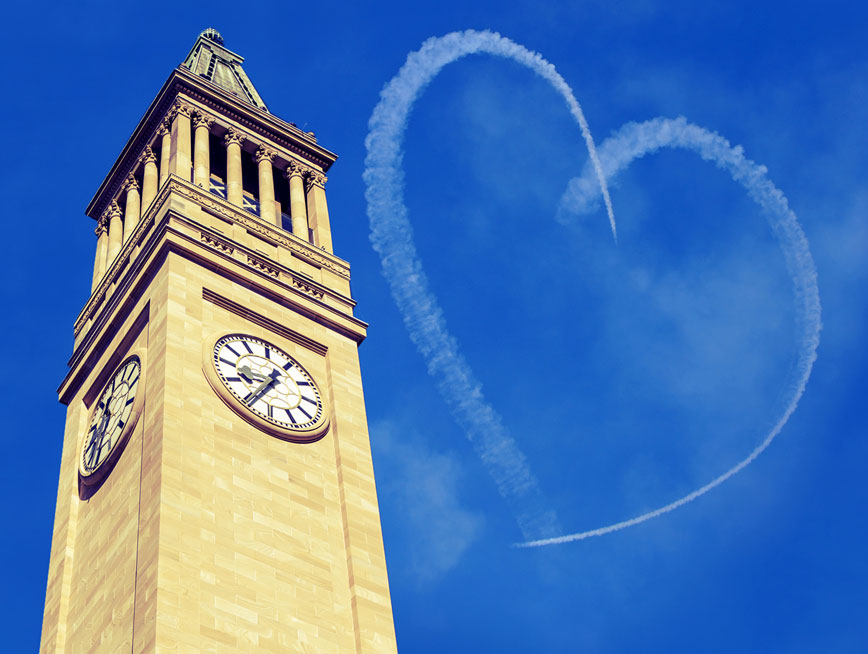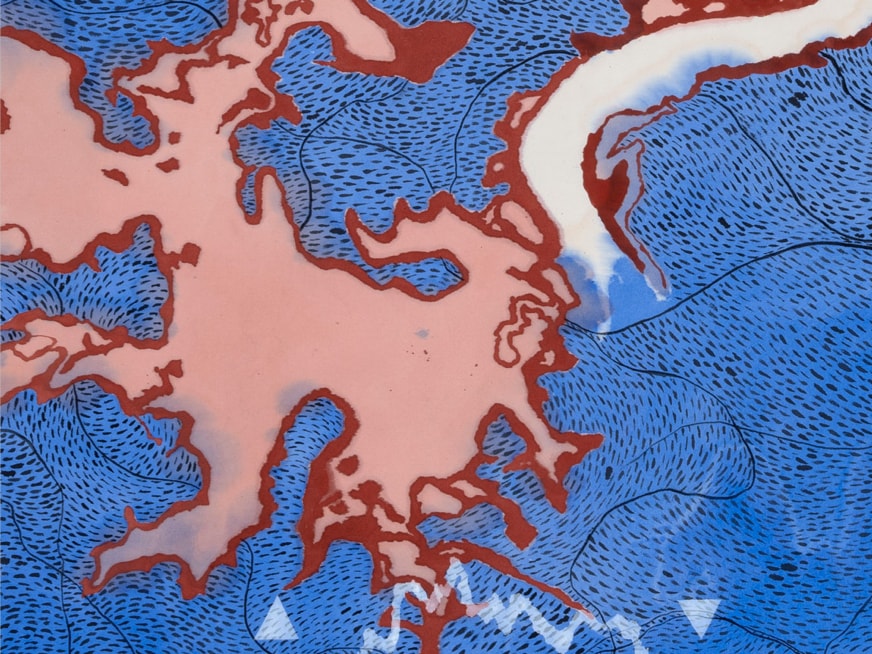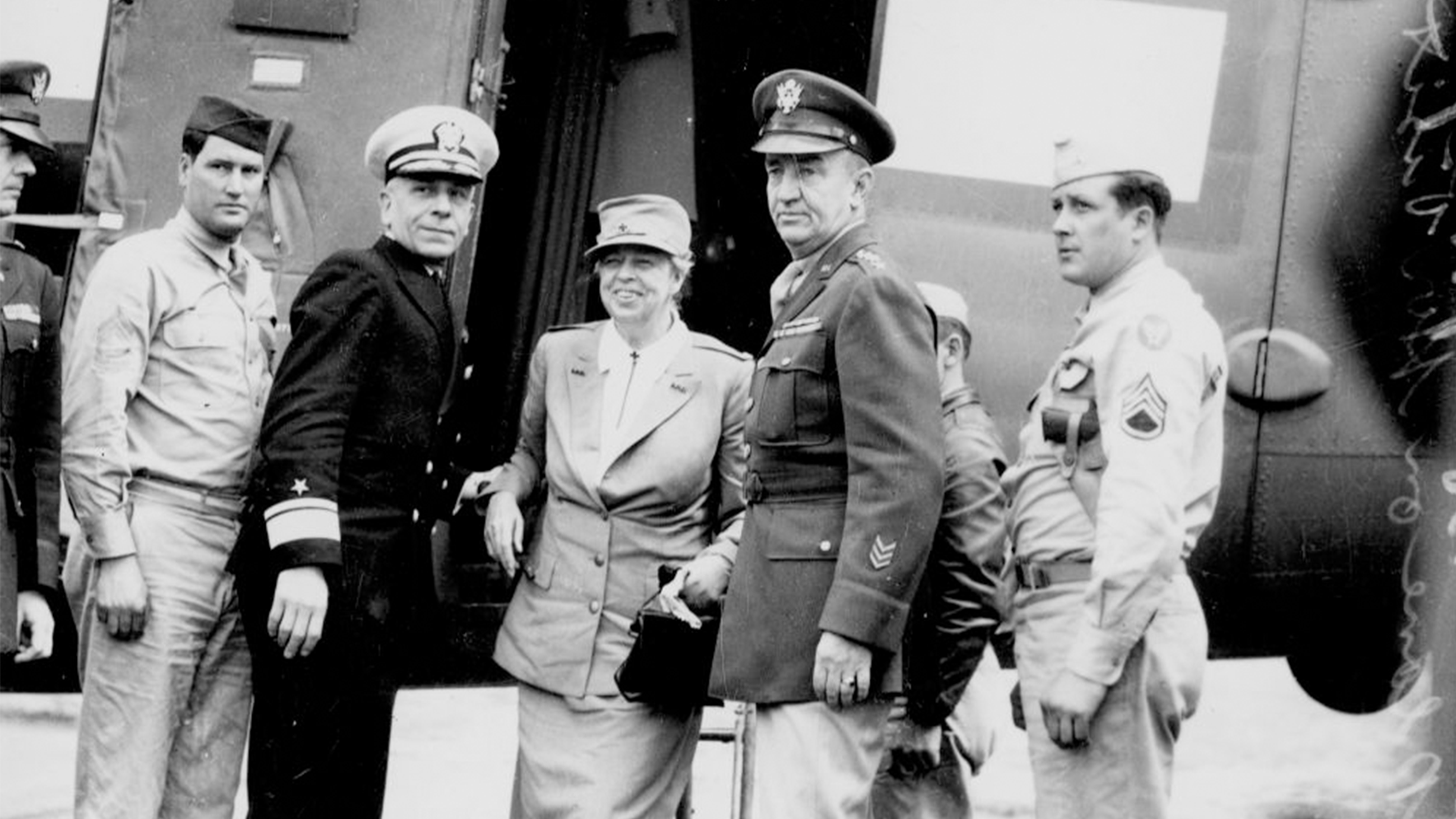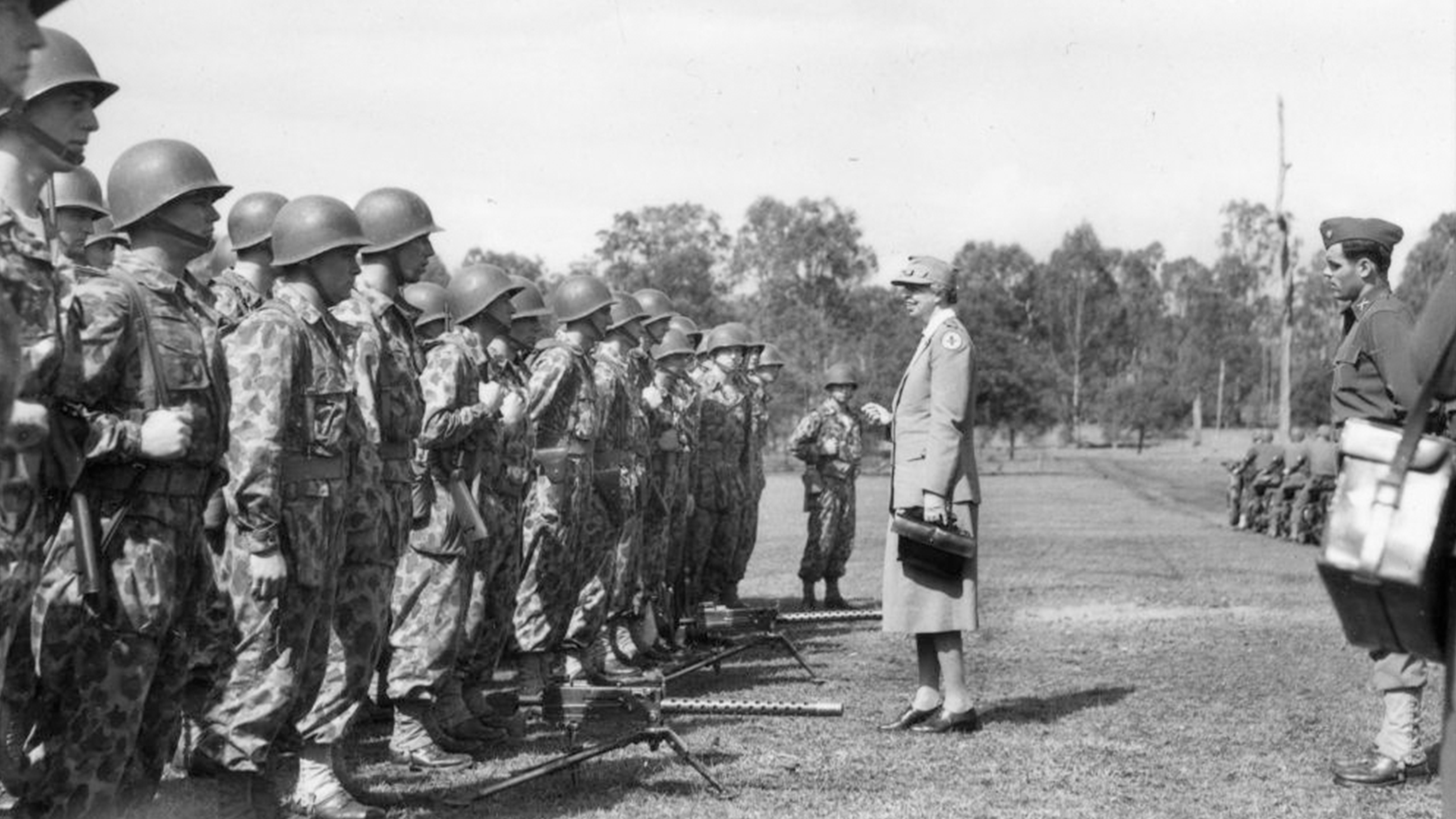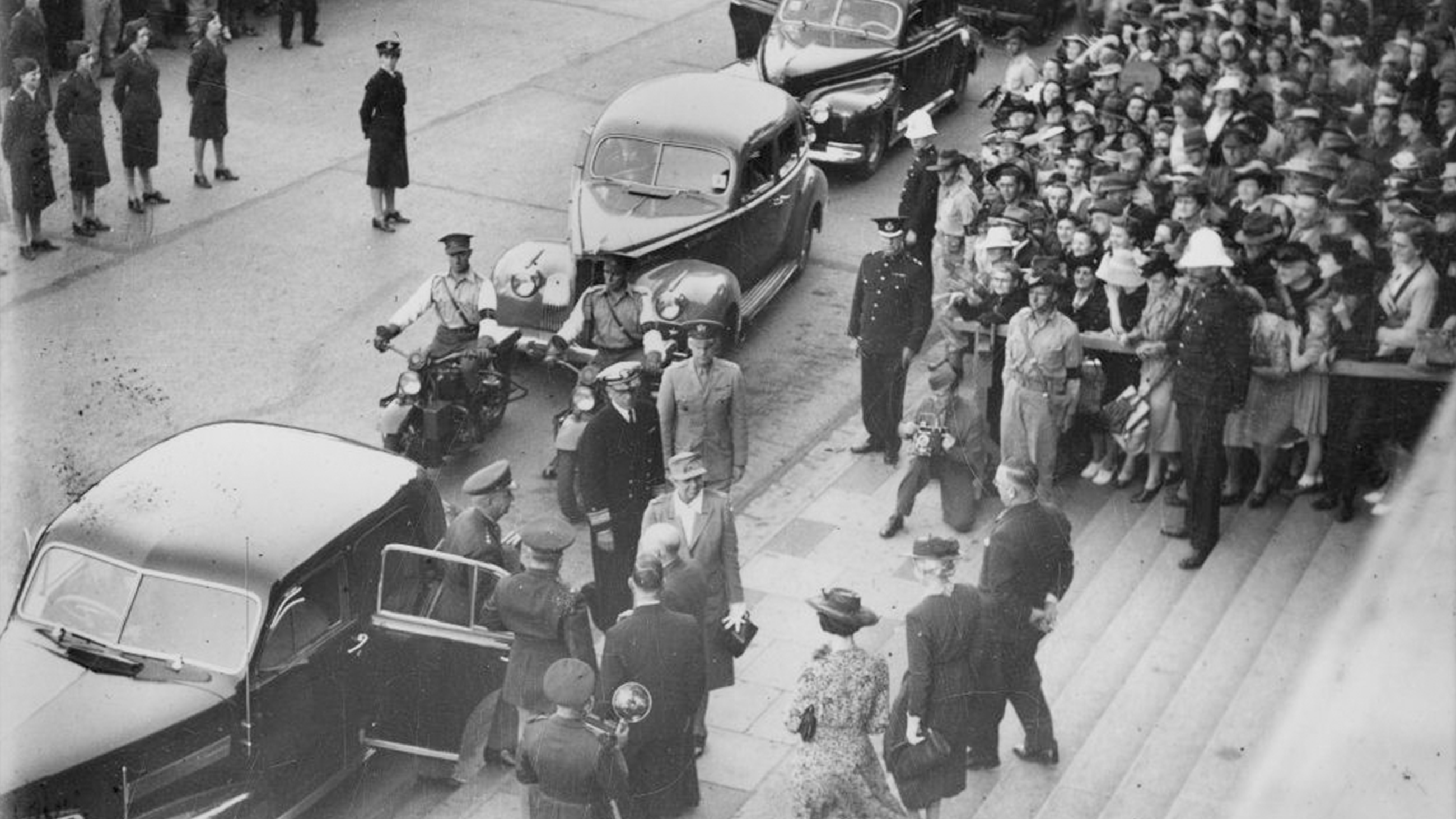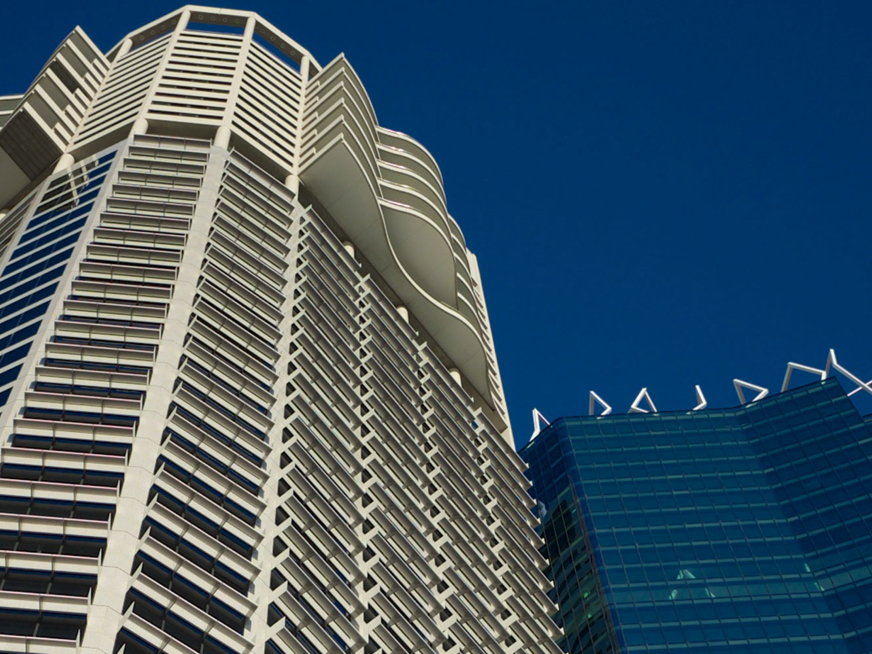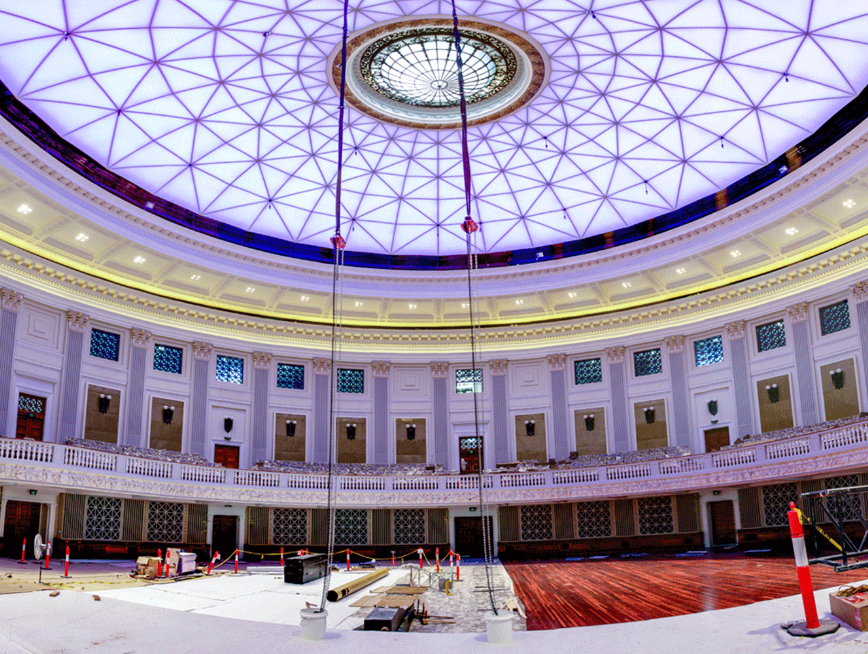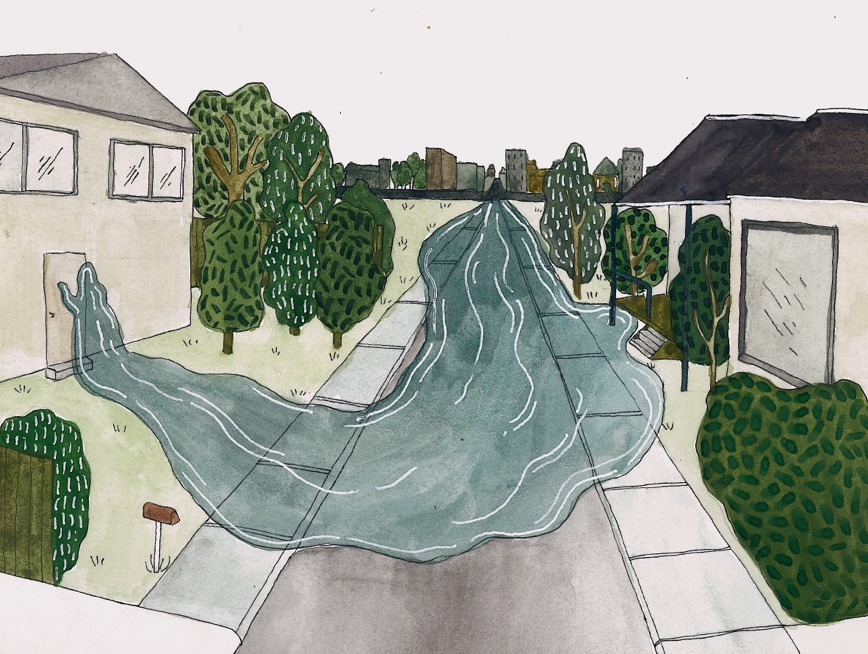MoB Sunday Stories: Eleanor Roosevelt Visits Brisbane City Hall
Never one to retreat from a challenge or heed the “nays” of her many naysayers, Eleanor Roosevelt set off on a five-week tour of the South Pacific in August 1943. Despite protests from the US War Department and mounting political pressure, she travelled as a representative of her husband, President Franklin D. Roosevelt and as a Red Cross delegate.
Before her return to Washington on 25 September, just a few weeks shy of her 59th birthday, Eleanor journeyed to Hawaii, Australia and New Zealand as well as seventeen smaller islands. She rose early and stayed out late, visiting hospitals, military camps, and Red Cross clubs. It is estimated that she saw over 400,000 soldiers during her gruelling expedition.1 On top of this, while in Australia and New Zealand she attended numerous war factories, local facilities, and official receptions, one of which was held at Brisbane City Hall on Monday 13 September.
The following day, The Courier Mail reported on the public’s overwhelmingly positive response to the First Lady’s arrival, stating that a crowd of more than 3,000 people – mostly women – packed City Hall. Eleanor spoke for more than half an hour and outside the hall, a large crowd listened to her inspiring words through amplifiers:
“No peace can be brought about by one conference or by the signing of one treaty. I believe we will have to do things in the economic field we have not attempted before if we wish to establish the kind of world we want.
We must build up the kind of life in every nation which makes it worthwhile for anybody to stay in it; the kind of life that makes war unprofitable and unnecessary. This may be a tall order, but we have got to work for it.”
Those gathered at City Hall were stirred by her address, cheering and applauding loudly. However, not everyone was as thrilled about the First Lady’s arrival. Prior to her Australian tour, Eleanor was determined to visit Guadalcanal in the Solomon Islands, where US forces had not long finished fighting a major battle. Admiral William “Bull” Halsey called the First Lady a “do-gooder”, saying that he and the troops didn’t have time to waste welcoming her.2 However, upon hearing of Eleanor’s immense efforts and unforgiving schedule of her own design, the commander promptly changed his mind. During her time on the island, the First Lady connected with as many men as she could, even offering to write to the families of wounded soldiers.
After Eleanor’s visit to Guadalcanal, where she narrowly avoided Japanese bombs, Admiral Halsey stated: “I marvelled at her hardihood, both physical and mental: she walked for miles, and saw patients who were grievously and gruesomely wounded. But I marvelled the most at their expressions as she leaned over them. It was a sight I will never forget.”3
Uncover more of Brisbane’s wartime tales at the Museum’s Walking in Wartime Tour, held every second Thursday and Sunday at 10:30am.
1Columbian College of Arts & Sciences (n.d.) In the South Pacific War Zone (1943) | Eleanor Roosevelt Papers Project, The George Washington University, accessed 16 August 2021.
2Sparrow, PM (25 August 2016) A First Lady on the Front Lines, Franklin D. Roosevelt Presidential Library and Museum, accessed 17 August 2021.
3Ibid.



